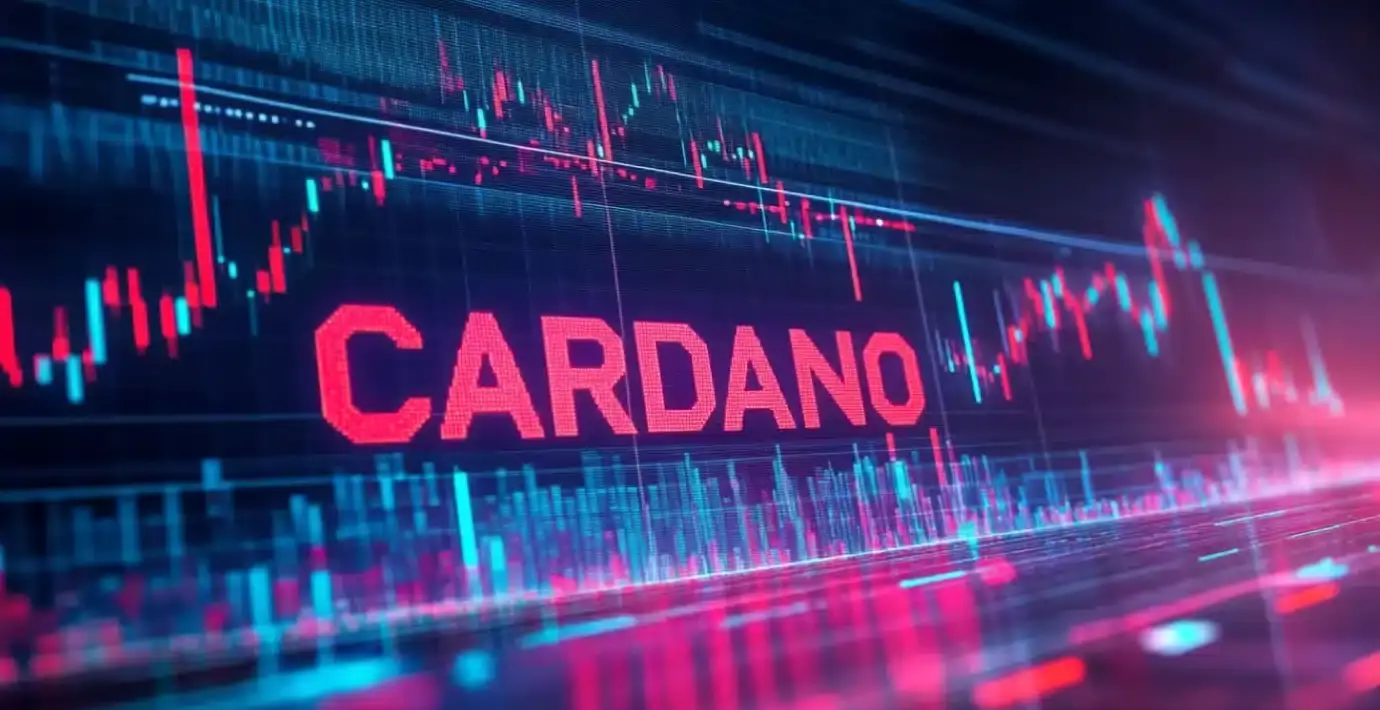Despite the recent positive price movement, Cardano’s surge to $0.60 feels more like a fleeting rally than a sign of sustainable growth. The cryptocurrency market’s brief rebound aside, Cardano remains tethered to fundamental issues that threaten its long-term viability. For a project that has long touted breakthroughs in blockchain scalability and interoperability, the reality is that its ecosystem continues to stagnate. The crux of the problem lies in underdeveloped Decentralized Finance (DeFi) activity and a stablecoin market that’s barely breathing. It’s easy to celebrate a 17% jump from June lows, but deeper analysis reveals little to substantiate optimism. This so-called rally appears more like a technical bounce rather than a genuine shift in investor confidence.
Promises of Bitcoin Integration—A Double-Edged Sword
The recent milestone, where Fluid Tokens executed the first on-chain transaction proving Bitcoin’s (BTC) state on Cardano, is portrayed as a groundbreaking achievement. Yet, this move is largely symbolic; bridges between blockchains have a pattern of promising revolutionary change but often falling short in delivering real utility. The idea of incorporating Bitcoin into Cardano’s ecosystem seems ambitious on paper but raises questions about practicality and actual financial benefits. Critics argue that creating a BTC-Cardoano bridge might be more about marketing hype than tangible value. While it could potentially allow BTC holders to earn yields on the platform, this feature already exists within more established ecosystems like Ethereum or Solana. In essence, Cardano’s Bitcoin endeavors may be more about catching up than leading, leaving many skeptics unconvinced that it will dramatically alter its current trajectory.
Technical Weaknesses and Bears in Control
On the technical front, Cardano continues to wrestle with bearish signals. Its price chart paints a picture of ongoing weakness, with resistance firmly at $0.86 and current levels trading below key moving averages. The formation of an inverse cup-and-handle pattern, traditionally a bearish indicator, suggests the potential for further declines if the support at $0.519 falters. The shallow depth of the pattern indicates that, unless a strong reversal occurs, the downside could extend toward $0.50 or even lower. The persistent inactivity of its ecosystem—highlighted by minimal DeFi locked value and stablecoin holdings—further underscores that regardless of short-term price prospects, Cardano’s fundamentals remain shaky. For investors and developers alike, these risk factors cast doubt on whether the recent rally is sustainable or just an anomaly in a broader bear trend.
The Reality Check for the Cardano Hype Train
While Cardano’s team continues to trumpet technological milestones, the reality is that the network’s ecosystem remains small and underwhelming compared to newer competitors. Projects like Unichain and Sui are gaining ground swiftly, leaving Cardano in a defensive position. The narrative around Bitcoin integration and scalability improvements sounds promising but doesn’t mask the underlying ecosystem stagnation. For all its claims of being a future-proof blockchain, Cardano’s recent performance suggests it’s still searching for a clear competitive edge. Investors should approach its recent price spike with caution, recognizing that until the network demonstrates real activity and developer engagement, its rally may be nothing more than a bear-market rally. The risks of a further decline are real, and premature optimism could easily turn into disappointment.


Leave a Reply